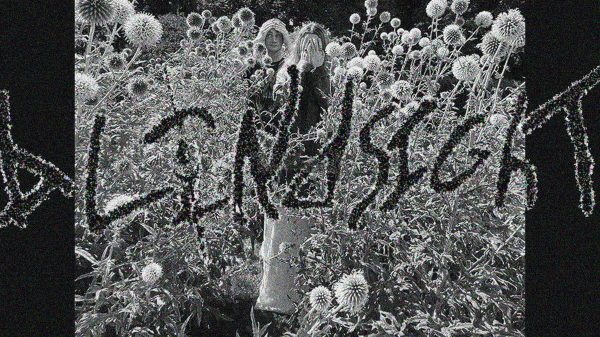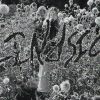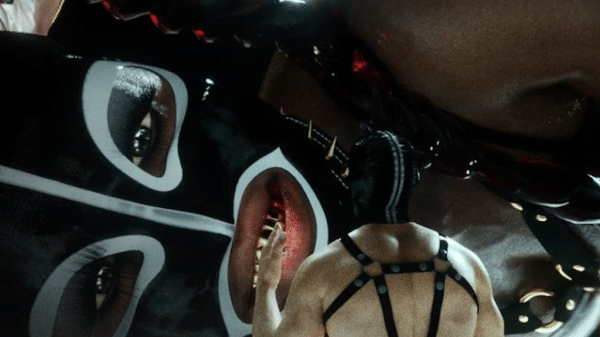There are few artists that can use digital art to amplify human experiences and stories, but that’s what Àsìkò does. It’s rare that art created in this way causes me to have a visceral, emotional reaction. His art is heavily inspired by his Yoruba culture and history, drawing from his Nigerian childhood and London youth. He says that as a child, he was captivated by Nigeria’s annual egúngún festivals, where people dress in elaborate costumes that represent the return of deceased ancestors. Àsìkò himself has created some of these costumes, but for me, his most breathtaking work is using digital media to weave ancestral stories of Yoruba gods and goddesses into the lived experiences of the people of the African continent and diaspora.
Esu similar to Loki are trickers, shape shifters, mediators, communication and language masters. Sango like Thor are thunder deities, carry axes or hammers, both warrior deities with firery tempers and strong masculine virtues. In my research into the deities, they have commonalities but still very different as a result of cultural structures. Yes we are all human but our backgrounds and cultures create different humans of different shades of colour.
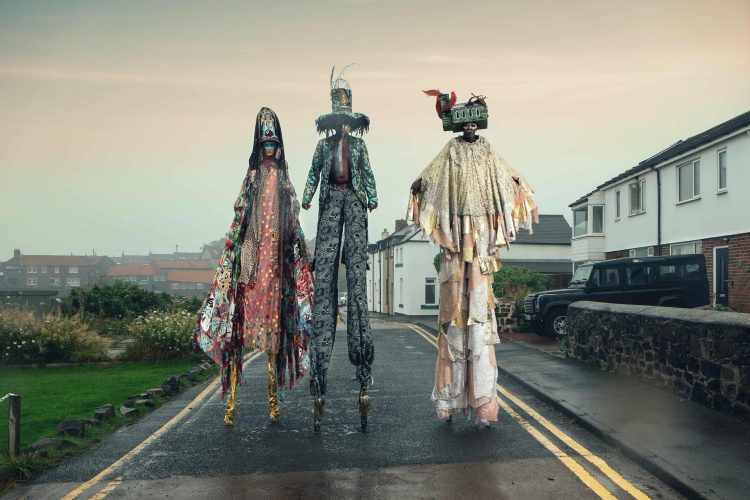

In the face of globalisation and westernisation, knowing your ancestry and roots is key to not becoming lost in the sea of the multitude of sameness. We look back to look forward. We draw from the past to help inform the future.
This underscores the importance of historical and ancestral awareness as a foundation for growth and development. It highlights that progress is not just about forward momentum but also about reflection, understanding, and learning from the past.
If we don’t learn the lessons of the past we are doomed to repeat history and doomed to loose our identity.
His series Lost Songs of the Middle Passage is both a majestic imagining of the people who drowned during the horrific transport across the sea during the Trans Atlantic Slave Trade, and a beautiful tribute to the strength and culture that survived it. These images are heart-wrenching and tragic, but also celebratory and liberating, steadfast and enduring. Àsìkò is telling the stories of the people who were lost to unbelieveable cruelty and showing the beauty and honor of their lives.
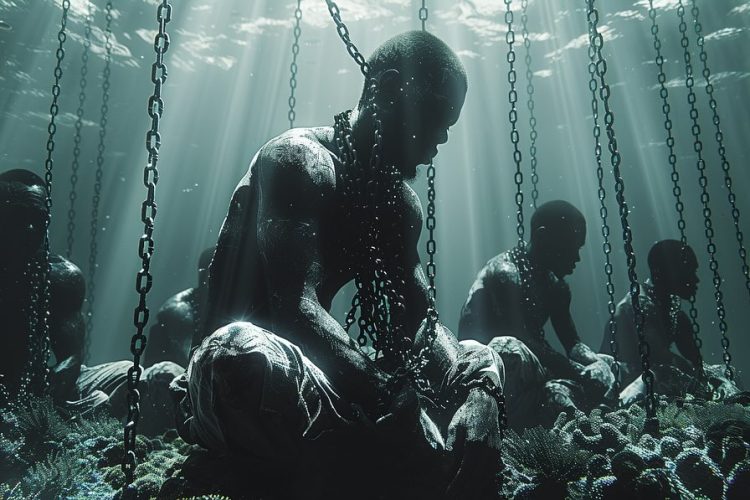

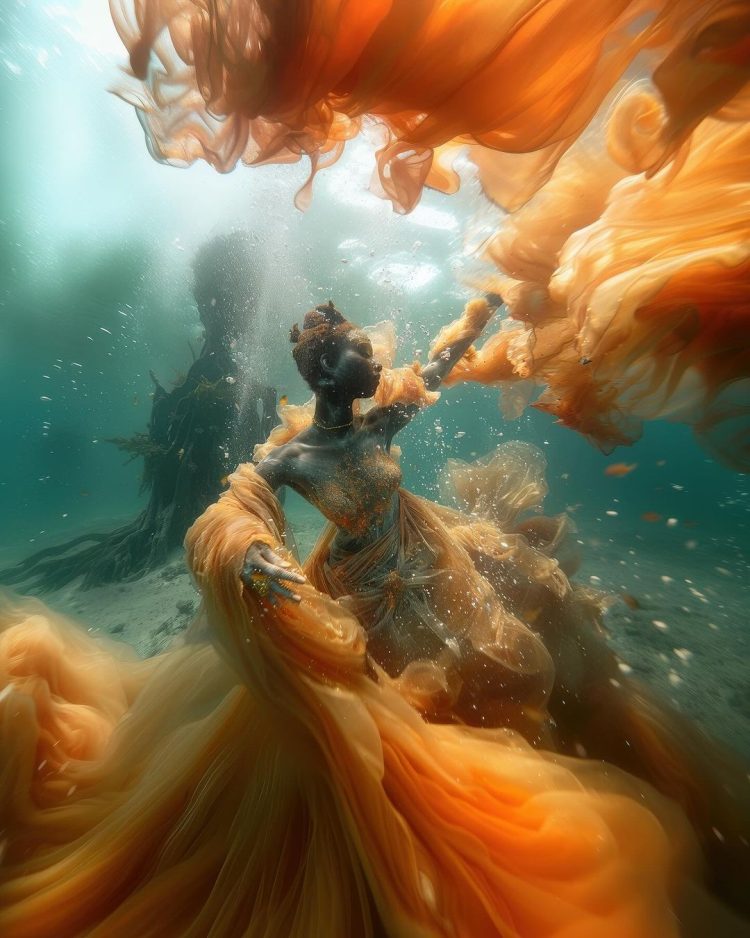

Check out more of Àsìkò work here:












